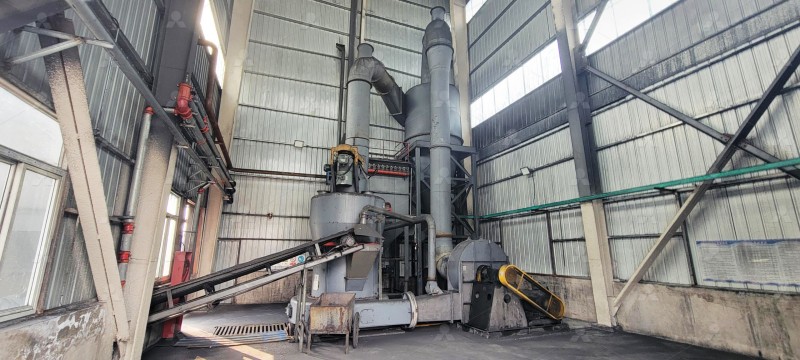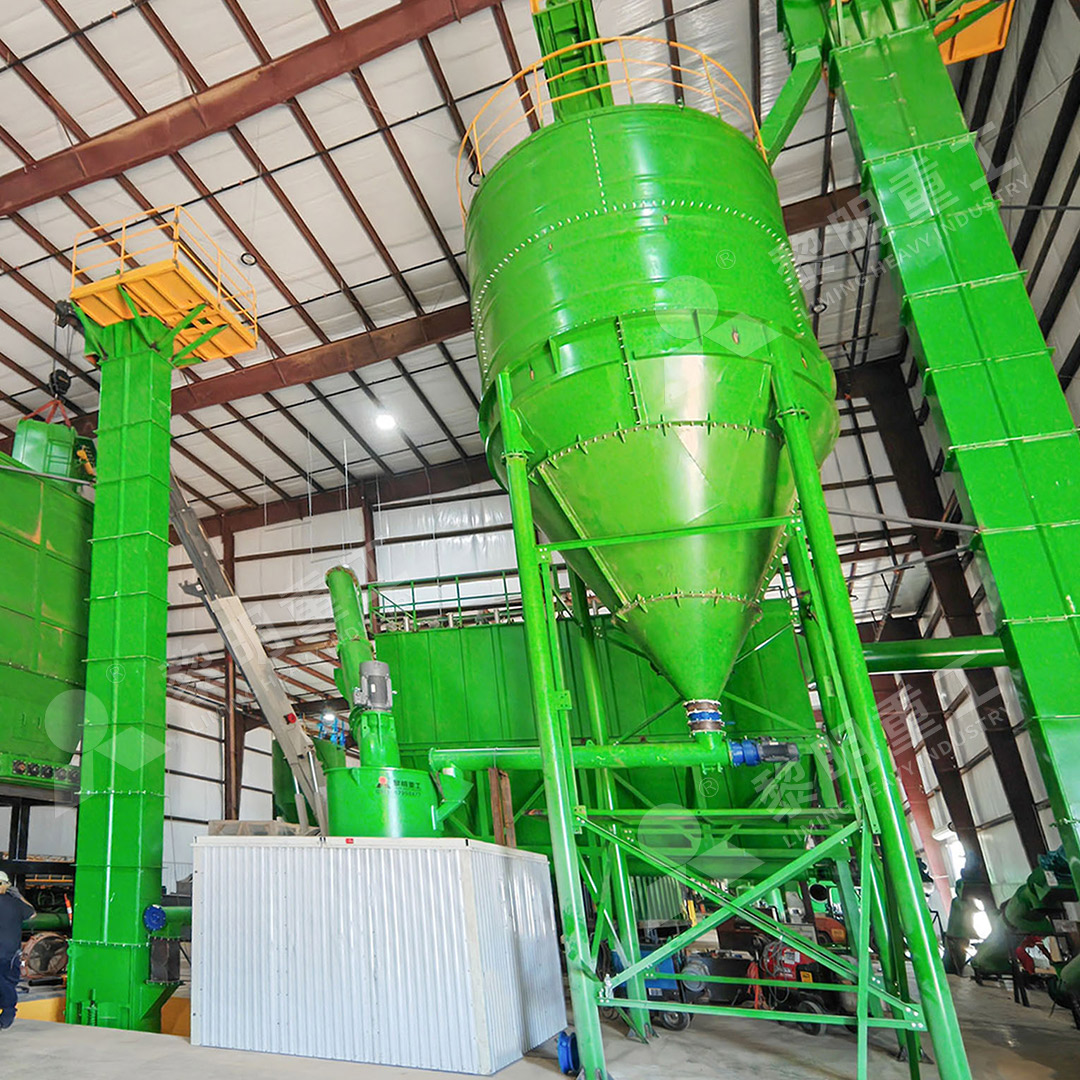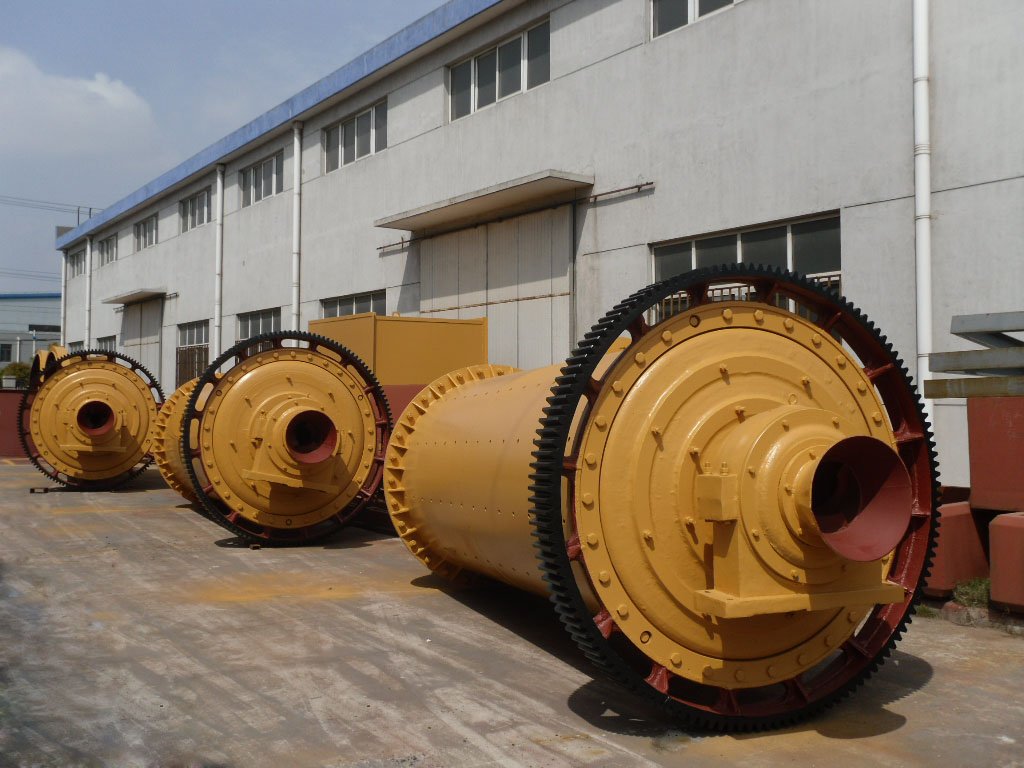Raymond Mill for Gold Ore Processing: Efficient Grinding of Hard Rock Gold
Raymond Mill for Gold Ore Processing: Efficient Grinding of Hard Rock Gold
Processing hard rock gold deposits presents unique challenges for mining operations. The abrasive nature of gold-bearing quartz veins and the need for precise particle size control demand robust and efficient grinding solutions. For decades, Raymond Mill technology has provided reliable performance in mineral processing applications, offering a balanced approach to grinding efficiency and operational cost.

Traditional gold ore processing requires careful comminution to liberate gold particles from host rock without over-grinding, which can lead to increased energy consumption and unnecessary wear on equipment. The Raymond Mill system addresses these concerns through its proven grinding mechanism that combines compression and shear forces to achieve optimal particle size distribution.
The Importance of Proper Grinding in Gold Recovery
Effective gold recovery hinges on achieving the correct particle size. Insufficient grinding leaves gold locked within host rock, reducing recovery rates, while excessive grinding increases energy costs and may create slimes that are difficult to process through conventional methods. Raymond Mill’s adjustable grinding parameters allow operators to fine-tune the process for specific ore characteristics.
Modern Raymond Mill systems incorporate advanced features that enhance their suitability for gold processing. Improved wear-resistant materials extend component life when processing abrasive quartz materials, while enhanced classification systems ensure consistent product quality. The closed-circuit design minimizes dust generation, an important consideration for worker safety and environmental compliance.
Advanced Alternatives for Specialized Applications
While Raymond Mill remains a workhorse in gold processing, operations requiring ultra-fine grinding for refractory ores or specialized applications may benefit from more advanced technologies. For these demanding scenarios, our MW Ultrafine Grinding Mill represents a significant technological advancement.

The MW Ultrafine Grinding Mill achieves remarkable fineness between 325-2500 meshes, making it ideal for liberating microscopic gold particles from refractory ores. With an input size of 0-20 mm and capacity ranging from 0.5-25 tph, this system offers exceptional flexibility. Its innovative design eliminates rolling bearings and screws in the grinding chamber, addressing common failure points in conventional mills. The integrated pulse dust collector and muffler system ensures environmentally responsible operation, a critical consideration in modern mining.
For operations prioritizing vertical space utilization and seeking German powder separating technology, the LUM Ultrafine Vertical Grinding Mill provides another sophisticated option. Its unique roller shell and lining plate grinding curve generates material layers more effectively, achieving higher yields with lower energy consumption.
Operational Considerations for Gold Processing
Successful implementation of grinding technology in gold processing requires attention to several key factors. Ore hardness variability, moisture content, and target liberation size all influence equipment selection and operation. Regular maintenance schedules and proper wear part management ensure consistent performance and minimize unexpected downtime.

The modular nature of modern grinding systems allows for integration with existing processing circuits, whether implementing new greenfield operations or upgrading legacy systems. Proper system design considers not only the grinding mill itself but also ancillary equipment including feeders, classifiers, and dust collection systems.
Frequently Asked Questions
What is the typical particle size range achievable with Raymond Mill for gold ore?
Raymond Mill typically produces particles in the 80-325 mesh range, suitable for most conventional gold recovery processes. Finer grinding requirements may necessitate alternative technologies like our MW Ultrafine Grinding Mill.
How does hard rock gold abrasiveness affect mill maintenance?
Quartz-rich gold ores are highly abrasive, accelerating wear on grinding components. Modern mills incorporate wear-resistant materials and designs that extend service life, with our MW Ultrafine Grinding Mill featuring special alloy grinding rollers and rings that last 1.7-2.5 times longer than conventional materials.
What advantages does the MW Ultrafine Grinding Mill offer for refractory gold ores?
The MW Ultrafine Grinding Mill achieves exceptional fineness up to 2500 meshes, effectively liberating microscopic gold particles from refractory ores. Its energy-efficient design reduces operating costs by 30-40% compared to alternative fine grinding technologies.
Can these grinding systems be integrated with existing processing plants?
Yes, both Raymond Mill and our advanced grinding systems are designed for flexible integration with existing circuits. Our engineering team provides comprehensive support for system design and implementation.
